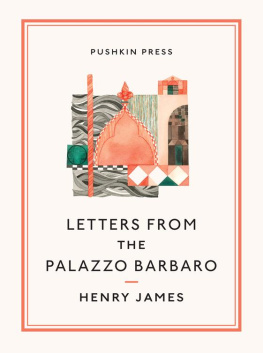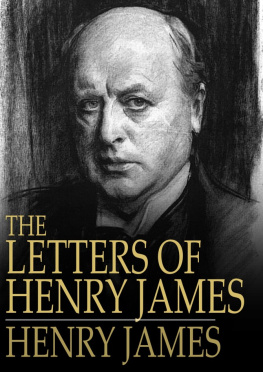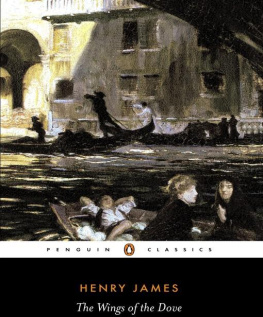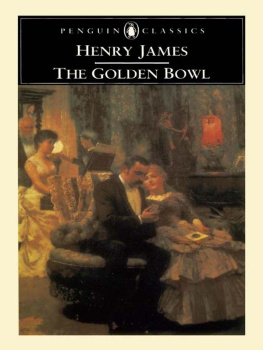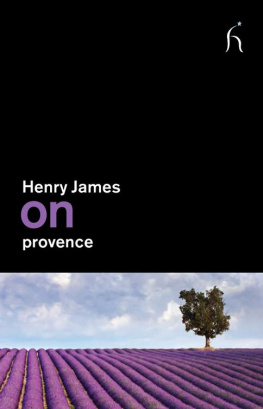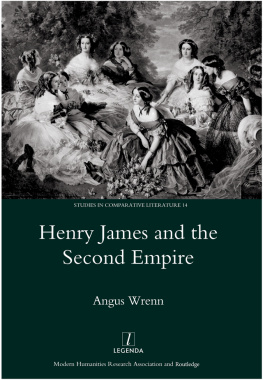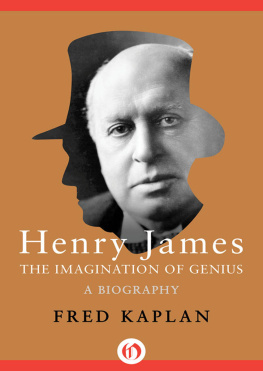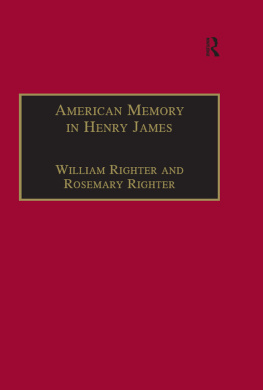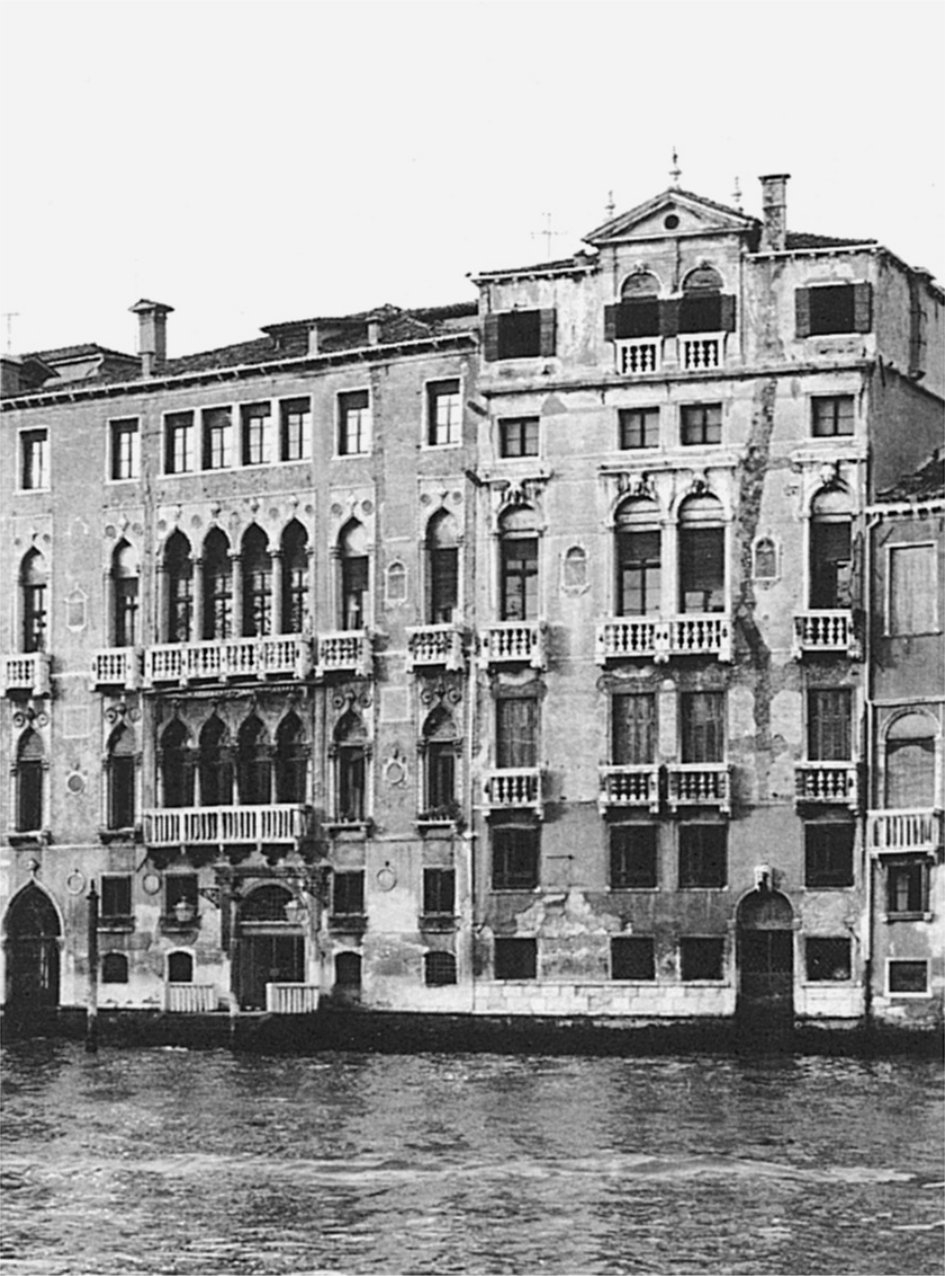BY LEON EDEL
This book celebrates a single palace in Venicethe Palazzo Barbaro, whose steps are washed by the Grand Canal. A modest, thick-walled palace with two striking rows of Gothic windows, it was built in the fifteenth century and survived the turbulent years of the wars with the Turks and the fatal Venetian conquest of Lombardy. In the quietude of Venices decline, it becamein the 1880sthe residence of American expatriates, children of a new empire of commerce. Perhaps Venice seemed to them to have some of the uniqueness they imparted to Boston, for the Barbaro might have been called in the late nineteenth century an outpost of Boston. It was purchased by two proper Bostonians, Daniel Curtis and his wife Ariana and at times they rented it to another Bostonian, the bejewelled and queenly Isabella Stewart Gardner, who in the end would build her own Venetian palace, Fenway Court, in her home city.
An entire book might be written about the relations between Venice and its Americans, but Rosella Mamoli Zorzi has chosen to offer us a modest gathering-in of certain letters written by members of the trans-Atlantic society who were joined by certain British figures in the high-ceilinged drawing room of the Barbaros piano nobile . Here Robert Browning, friend of another American expatriate in Venice, Mrs Bronson, came for tea and chatted about commonplace things; here John Addington Symonds, the historian of the Italian renaissance, a Victorian with a secret life and his friend Horatio Brown, frequently dined. And here Henry James, the American novelist of international moeurs, sometimes came for long visits. A compulsive letter-writer, he is at the very centre of Rosella Zorzis anthology, for he provides vivid documentation of that particular society.
James came to Venice at first simply as a tourist. Returning in the 1880s he took possession of the city as he had of the Old World and in this instance in language uncommonly erotic for a man of his reticenceyou desire to embrace it, to caress it, to possess it. From that time on Venice became one of his regular way-stations on the Continent. At one moment he even dreamed of finding a pied--terre such as he gave to his character Merton Densher near the Rialto. However he found something better. The Palazzo Barbaro and its high life-style was always open to him. The Curtises liked his elegance, and his grand way of saying things. He, in turn, fell in with the idiosyncrasies of Daniel Curtis, with his twice-told anecdotes, his exploits as a gardener in a city that has little land for gardening, and his irascible criticisms of their mutual United States. James in particular liked the Barbaro itselfits cool high rooms, the cushioned seats inside the Gothic windows and the balcony from which he watched the traffic of the Grand Canal and the doings of neighbours in the shabby row of palaces across the way. He had feelings of grandeur, princely feelings, as he mounted the massive staircase in the Barbaros inner courtyard. That allowed him direct access to the piano nobile.
He also stayed at the Barbaro when Isabella Gardner held court in it during her summer rentals. Life in the Barbaro was American at its most sophisticated, even if touched by certain provincialisms. But then, Venice itself, shorn of imperium, seemed a provincial city, an adorable place outside and beyond the rest of the world. For James, the Piazza San Marco was the drawing-room of Europe and he tells us that the great square with its wheeling and floating pigeons had witnessed more of the joy of life than in any equal area in Europe. We pause over this, for territorially the Square would be less than a pinhead on the map of Europe. Nevertheless the joy he spoke of must have been intense, at least for himand it certainly was visible in the faces of tourists who filled the piazza every day and night.
This was the public life of Venice. Novelists like James, however, are always in search of private lives, or as he put it we peep at most into two or three of the chambers of their hospitality. Still, he could endow his heroine in The Wings of the Dove with his own examination of the ceiling in the Barbaro library where on one occasion Isabella put in a bed for him, all the other guest rooms being occupied. We know he greatly enjoyed this experience for he dwells in his novel on the arabesques, medallions and the play of light on the stirred sea-water, flickering up through open windows and relishes the nest of white cherubs set in their great moulded and figured concavity. In one letter to Isabella he remembers the pink chairs and the yellow sofa and a glimpse of her queenly self in a gauze dressing gown on a blue chair.
We are committed to verbal pictures. We remind ourselves however that John Singer Sargent was a friend of the Curtises and he painted them under the great chandeliers in the drawing-room, Daniel and Ariana, and their son Ralph and his wife, a fine painting, highly documentary, of 1899. Another painter, during one of Isabellas sojourns, Anders Zorn, from Sweden, has left us a portrait of the lady floating in through the curtains of one of the windows.
Such is the testimony of brush and pen to what James called the poetry of the thing outlived and lost and gone. He finished The Aspern Papers in the Barbaro in 1887; and during another visit wrote A London Life at an oriental desk probably plundered centuries before in the east.
This volume now becomes a part of our testimony. However we cannot recover the talk or the nights when hundreds of candles were lit and the music of hired musicians or visiting celebrities could be heard as it floated through the delicately-shaped windows over the water. Royalty too came to the Barbaro: we can instance, among visits from the north, Queen Victorias daughter, the one who briefly was Empress of Germany, adorning the drawing-room, surrounded by awe and honor. But there is in this volume also a peep at Henry James himself through the eyes of the young Ralph Curtis. In one of his letters he describes the novelist as haunted by the printers devil. And then he adds what a pity he knew no other. It is an observation for biographers and their meditations. Rosella Zorzis anthology sets us dreaming of the beautiful preserved city, its Grand Canal, the bridges and footways, and the ghosts that now exist only in old documents as Venice, on its treacherous sea, is translated into enduring literature.

